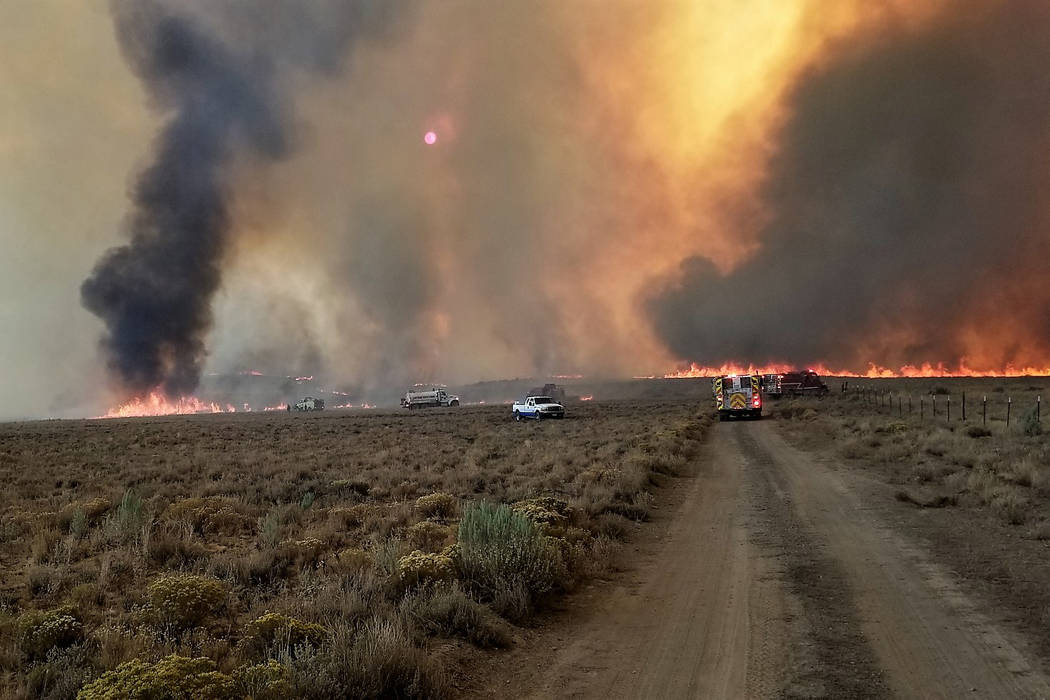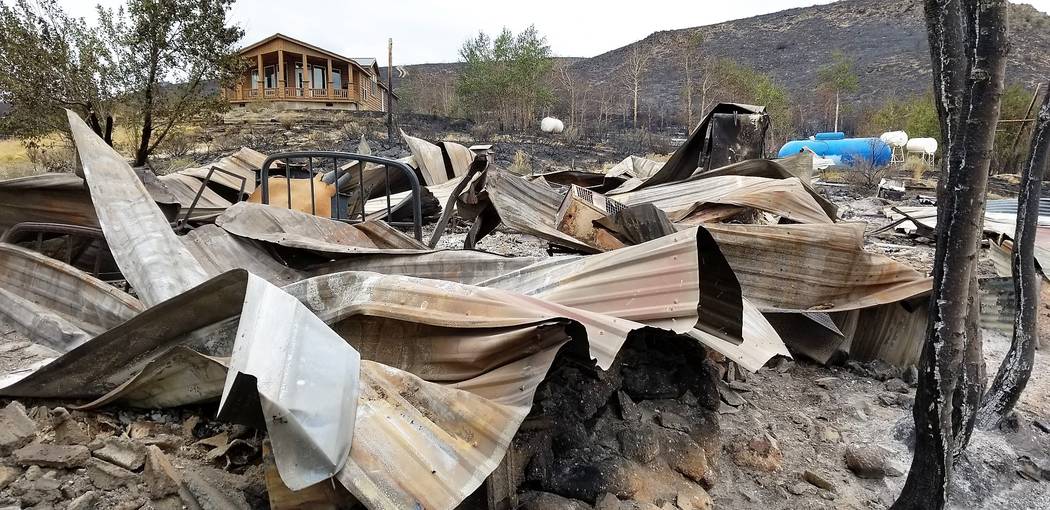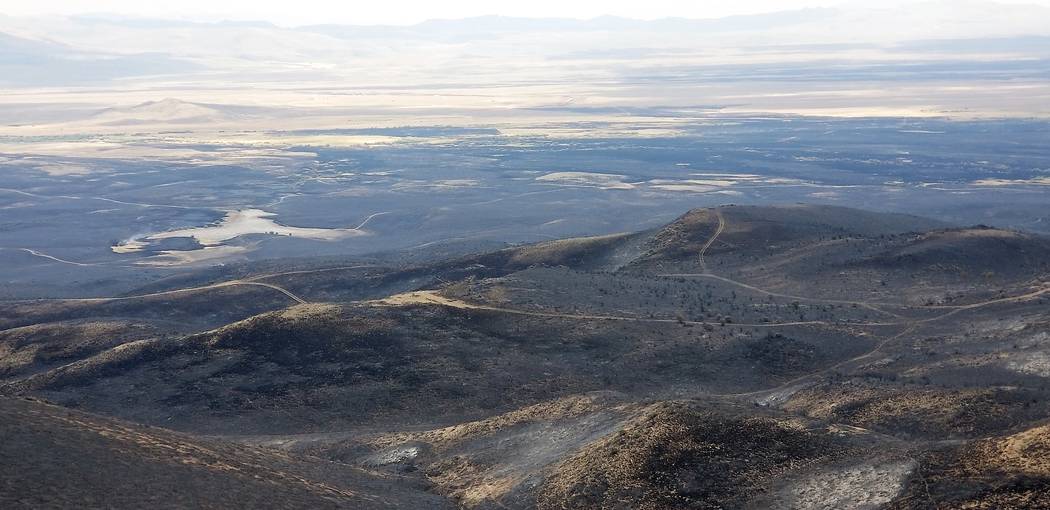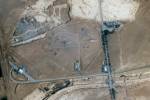Hunters get access to areas hit by wildfires in Northern Nevada
There’s good news for hunters with big game tags in Area 6 north of Elko.
All portions of the Mountain City-Ruby Mountains-Jarbidge Ranger District that were closed to public access because of the South Sugarloaf Fire have been reopened by the U.S. Forest Service. That includes all hunt units affected by the fire.
The final closures were lifted Sept. 12 after initial assessments by the Burn Area Emergency Response team.
Along with renewed access, hunters will find that deer pushed around by the fire are moving back into their traditional haunts, despite the burned over landscape. That’s because deer and other animals are creatures of habit. But while you will see deer or elk in the middle of a burn, they will seek out unburned islands of vegetation and greenbelts of cover.
Keep in mind that animals need three basic things to survive — food, water and cover. The need for food and water is obvious, but hunters sometimes overlook their need for cover. The term cover refers to somewhere the animals feel safe. That could be a stand of mahogany trees, a patch of tall sagebrush or a low pocket. Find those things and you will find the deer or elk.
Hunters should proceed with caution.
“I can’t stress how important it is for recreationists, hunters and local residents to remain vigilant about safety hazards if they are in the fire’s burned area,” district ranger Josh Nicholes said in a news release.
Even the most experienced forest visitor should stay alert for safety hazards and changes fires often make to the terrain, Nicholes said. These changes can be ongoing for years after a fire has been extinguished.
When venturing into an area that has been burned, Nicholes said hunters should keep the following list of possible hazards in mind:
— Ash and needles on trails and footpaths can make for slippery conditions;
— Burned-out stump holes make the forest floor weak and unstable;
— Unstable dead trees can be unstable and fall suddenly in windy conditions;
— Loose rocks and locks can cause rolling debris;
— And flash flooding and resulting mud flows might be common in areas where there is no longer vegetation.
Scientists on the BAER team aren’t alone in evaluating the burn area and its impact on natural and cultural resources. One of America’s largest sportsmen conservation organizations also is on the ground.
The Rocky Mountain Elk Foundation has scheduled a volunteer project to assist with the replacement of almost 20 miles of fence that was destroyed when the fire burned through the Wildhorse Ranch, site of the newest conservation easement in Nevada. The fire also destroyed three of four structures comprising ranch headquarters, along with most of the grazing and pasture lands, said Les Smith, Nevada regional director for the RMEF, in an email.
“Our project will be centered on pulling as much wire as we can off the dead posts and removing it from the ranch,” Smith said. “This will hopefully give him (the rancher) a jump start on getting new fence in before winter. These fences are essential to keeping Borsini cattle where they belong and out of the reserve and riparian areas.”
When healthy, the easement protects 4,500 acres of key wildlife habitat and opens access to more than 19,000 acres of public land. The fence-pulling project is scheduled for Saturday and Sunday beginning at 7:30 a.m. Details are on the RMEF Nevada Facebook page.
Freelance writer Doug Nielsen is a conservation educator for the Nevada Department of Wildlife. His “In the Outdoors” column, published Thursday in the Las Vegas Review-Journal, is not affiliated with or endorsed by the NDOW. Any opinions are his own. Find him on Facebook at @dougwritesoutdoors. He can be reached at intheoutdoorslv@gmail.com.






























